News Flash! David Isn’t Coming to Save Us! Don’t Get Caught Waiting.

David Sinclair is an interesting and pretty high-profile guy recently in the burgeoning conversation on aging. As an Australian-born Ph.D. in molecular genetics and a tenured professor at Harvard Medical School, Sinclair comes down squarely on aging as a disease that we will eventually be able to overcome.
He’s apparently moved the needle a bit with his discovery of the effects of a number of chemicals that appear to slow the aging process. Some view his work – and the work of others – as eventually leading to “magic pills” to solve aging.
Others, like me, are skeptical that this “magic pill” is anywhere close to fruition.
We’ve been talking about this stuff for a very long time.
Don’t get me wrong. I support what Sinclair and his fellow pioneers are doing. Why not? We all stand to benefit from the discoveries that come out of this type of deep research. While it may not lead to us living forever (scarrryyyyy!), the spinoffs from the research may help us live longer and healthier.
We don’t have to wait for Sinclair’s magic to materialize to “delay” the aging process.
We know all we need to know right now to slow the acceleration of our own aging.
But, I sense that we are inclined to want to wait and wish for the magic potion or formula to be revealed rather than take the initiative now to understand and change the “comfortable and convenient” lifestyle habits that are already accelerating our aging.
Take a look at the scoreboard:
- The five biggest killers in our culture – heart disease, stroke, cancer, diabetes, and dementia – haven’t changed in decades. They are all lifestyle diseases and are largely preventable.
- The average life expectancy in the U.S. peaked in 2010 and has turned down each year after a century of meteoric growth from 47 in 1910 to 80 in 2010. Our biologies didn’t suddenly change but our lifestyle patterns gradually did thus contributing to the downturn. The downturn has been helped along with opioid abuse and our susceptibility to a horrible pandemic. But the downturn started before either of those events.
Graphic source: Scott Fulton
- We “live shorter and die longer” in the U.S. than in any other developed country on the planet. We’re 46th out of 193 countries in terms of average longevity and have the longest average period of late-life morbidity.
- The American male population is 60% overweight, 30% obese.
- Type 2 diabetes has now become endemic – and it hardly existed 40 years ago.
- The U.S. population is “verifiably sick” with 88% of Americans walking around with some level of metabolic dysfunction that’s likely gone unrecognized. We haven’t been told because the ones that should be telling us don’t know what to look for.
I’m not waiting for David!
At 79, I can’t afford to wait for the Sinclair cohort to equip me with a magic health wand. So I’ve decided that I can educate myself on how my biology (body and mind) work and what they need to operate optimally and then work to design my lifestyle habits around that knowledge.
My theory is pretty simple: do what I can now to preserve and maximize my health so that I can be around to take advantage of any new bio-science and technology developments that will allow me to extend my healthy life even further – should they develop.
I can hope that David comes through. In the meantime, I’m feeling pretty good and am starting each day vertical. What more can I ask?
A quantum leap.
On the learning front, I responded to a tip from one of my favorite writers, Julia Hubbell, who encourages her readers to read a book entitled “Metabolical” by Dr. Robert Lustig, Emeritus Professor of Pediatrics in the Division of Endocrinology at the University of California, San Francisco.
Julia operates out on the edge of her comfort zone in every corner of her life so I considered the tip worth pursuing.
I’ve plowed through a third of the book and, even as a consistent reader of pretty heady stuff, am challenged and absolutely blown out by the book.
The immediate appeal of the book for me is that Dr. Lustig takes our medical establishment, Big Pharma, and our disastrous food industry to the woodshed and reveals how most everything we think we know (and have learned from these three behemoths) is totally wrong.
And we’re all sick, killing ourselves slowly, and dying early as a result.
I’ve written repeatedly about how we – especially as we move into the “third third” of our lives – must become more self-care literate with the core of that literacy being a fundamental understanding of how we function at the cellular level.
Dr. Lustig takes that understanding to a new level by unpacking detailed cellular functionality and revealing much of the truth that is hidden from us about that functionality.
We can all do this.
Truth is, there isn’t a lot of magic to what our biology asks of us. Our cells, of which we have 35 trillion or so in our bodies, have been doing their thing for billions of years and don’t ask for much beyond oxygen and good glucose to function and not go rogue.
Sure there are exceptions, like start-of-life “blueprint errors”, but nearly all of us start with a birthright of good health. Dr. Lustig goes into incredible biological, endocrinological detail showing how we screw up that birthright – and will continue to do so until we get knowledgeable in the right way.
If you are up for a tough read that will take your awareness to a whole new level on how to stretch your health longevity, buy the book but be prepared to get pissed off and be jolted by how much you’ve been misled.
We’ve proven ourselves, especially in western cultures, to be darn good at screwing up a magnificent 24×7 immune system kludged together from those 35 trillion cells to protect us from nefarious invaders (READ: COVID-19) while equipping us with the energy and smarts to stay vertical and move.
We’re amazingly illiterate about the very vehicle that propels us through life. If we were self-care literate would we –
- – take 35% of our meals through the side window of our cars?
- – continue to consume sugar in prodigious quantities?
- – allow Hormel hot dogs or Johnsonville brats into our refrigerators?
- – weigh, on average, 20 lbs more than 20 years ago without growing any taller?
- – allow over half of the U.S. population to be pre-diabetic (Psst? 70% don’t know it)?
- – spend 40 hours per week being one with our voice-activated remotes and La-Z-Boys?
- – waste $35B year-after-year on diets that don’t and can’t work?
- – know more about how our lawnmowers work than our bodies?
Fate versus choice
A mere century ago, lots of people died early – before 50, on average. They, within the existing body of knowledge, wrote it off as “God’s will” or “fate.”
We’ve moved past “fate.” We now have “choice.”
We can’t stand behind fate today. We have choices supported by discovery. Discoveries being made by the David Sinclair’s and Robert Lustig’s.
Our healthcare system, Big Pharma, and the food industry don’t want us to pay attention to those discoveries.
So we choose to stay in the dark and maintain our comfortable, convenient, and conformative lifestyles stressing our way through life hoping David and Robert will come through to save our bacon from our wayward ways with a magic pill or formula.
I’m cheering them on fully aware that they, and we, are up against incredibly powerful, wealthy, politically savvy, and profit-driven adversaries that put money before our health.
Let’s take a stand!

I’m digging in and not going to take it anymore! Lustig is doing that to me.
The aforementioned triumvirate – healthcare, pharma, food – needs to be forced to change. We can’t count on the government because it acquiesced (and partnered) a long time ago.
It’s on us.
Next week – and perhaps a few weeks following, I’m going to unpack how I’m going to wage my one-man battle against these three thieves of healthy longevity.
Tune in, join me, add to my plan. We may add a few healthy days to our – and somebody else’s – life.
Photo by Sammy Williams on Unsplash


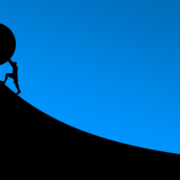


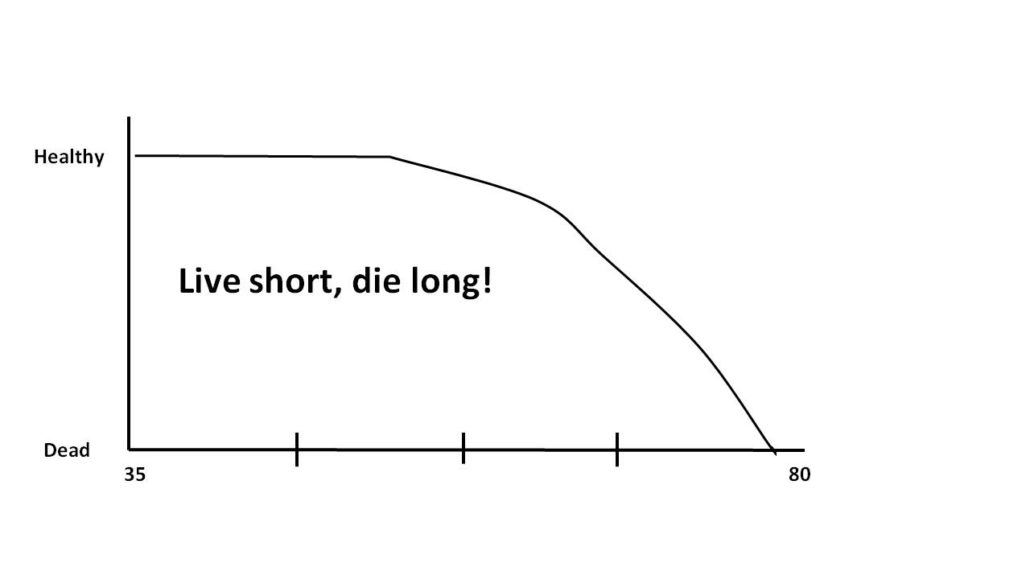
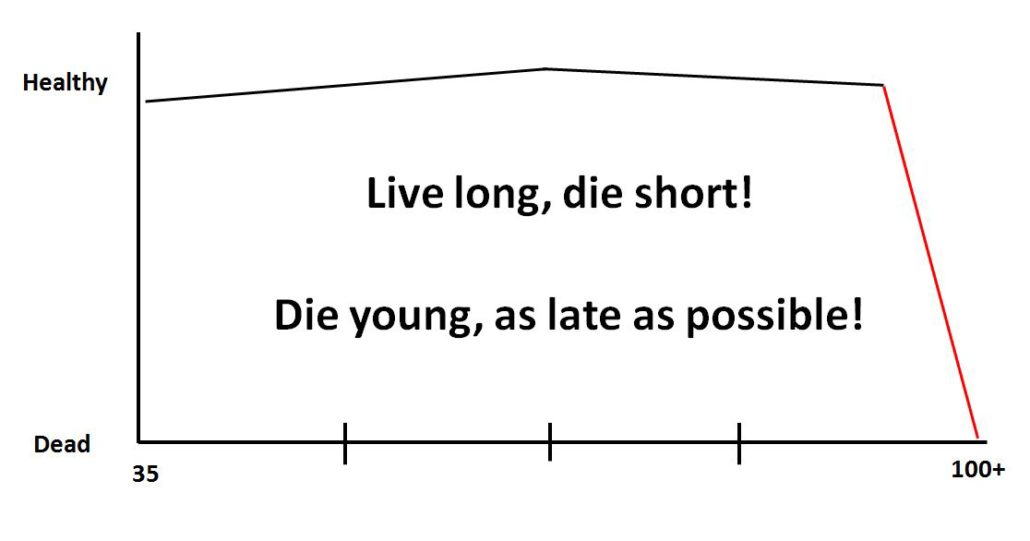
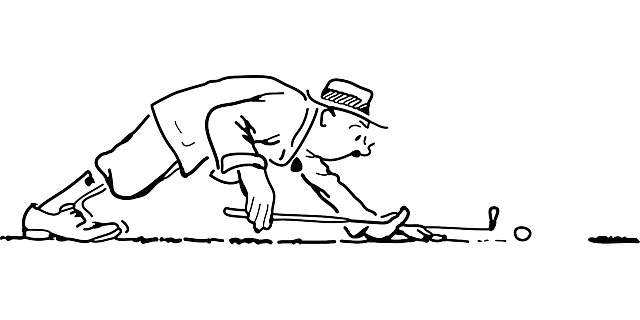
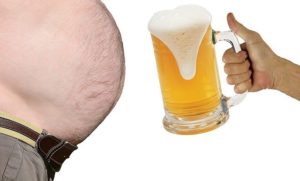
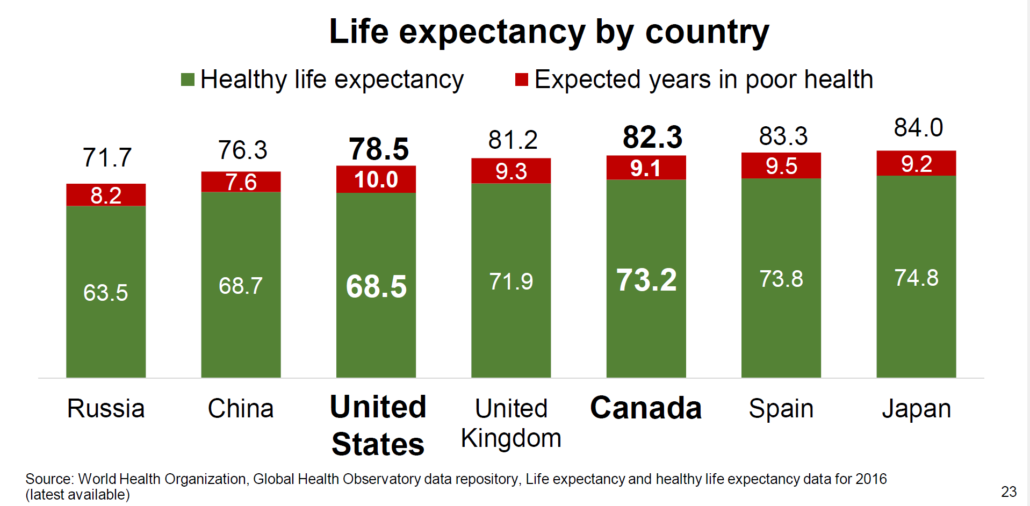
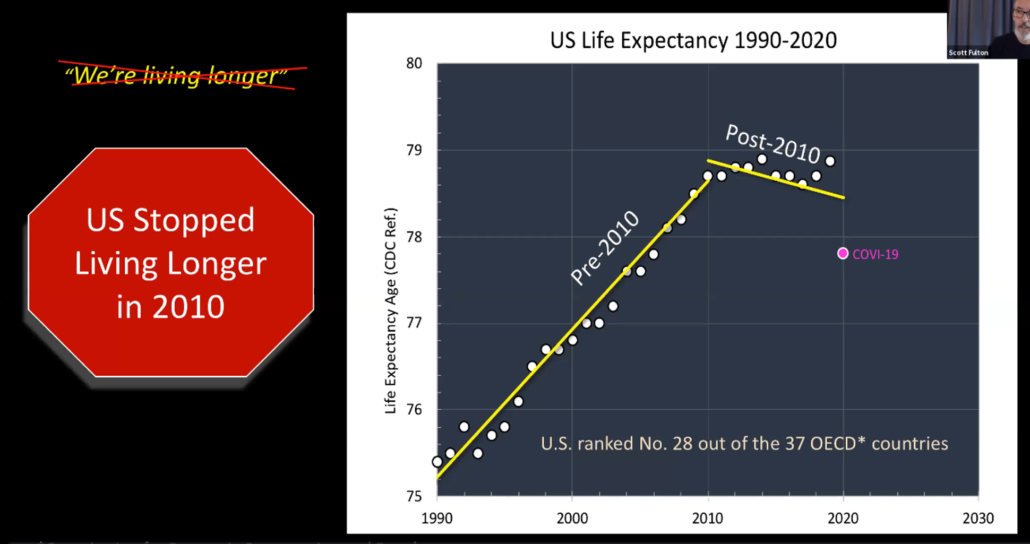



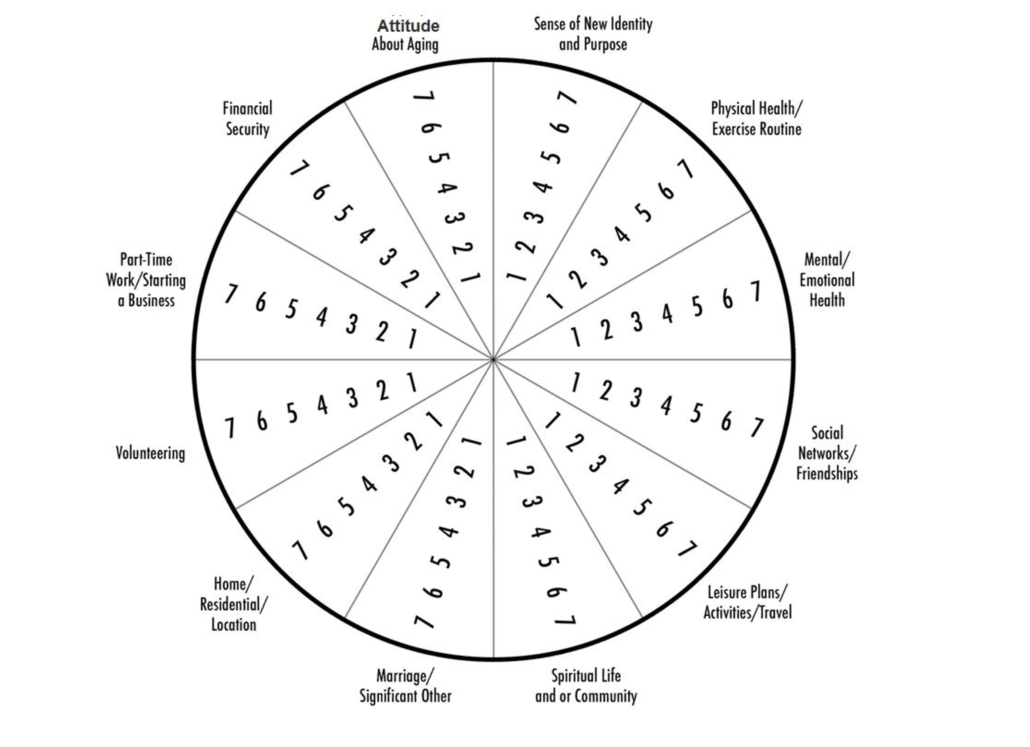


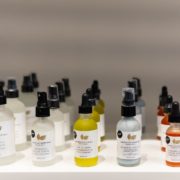
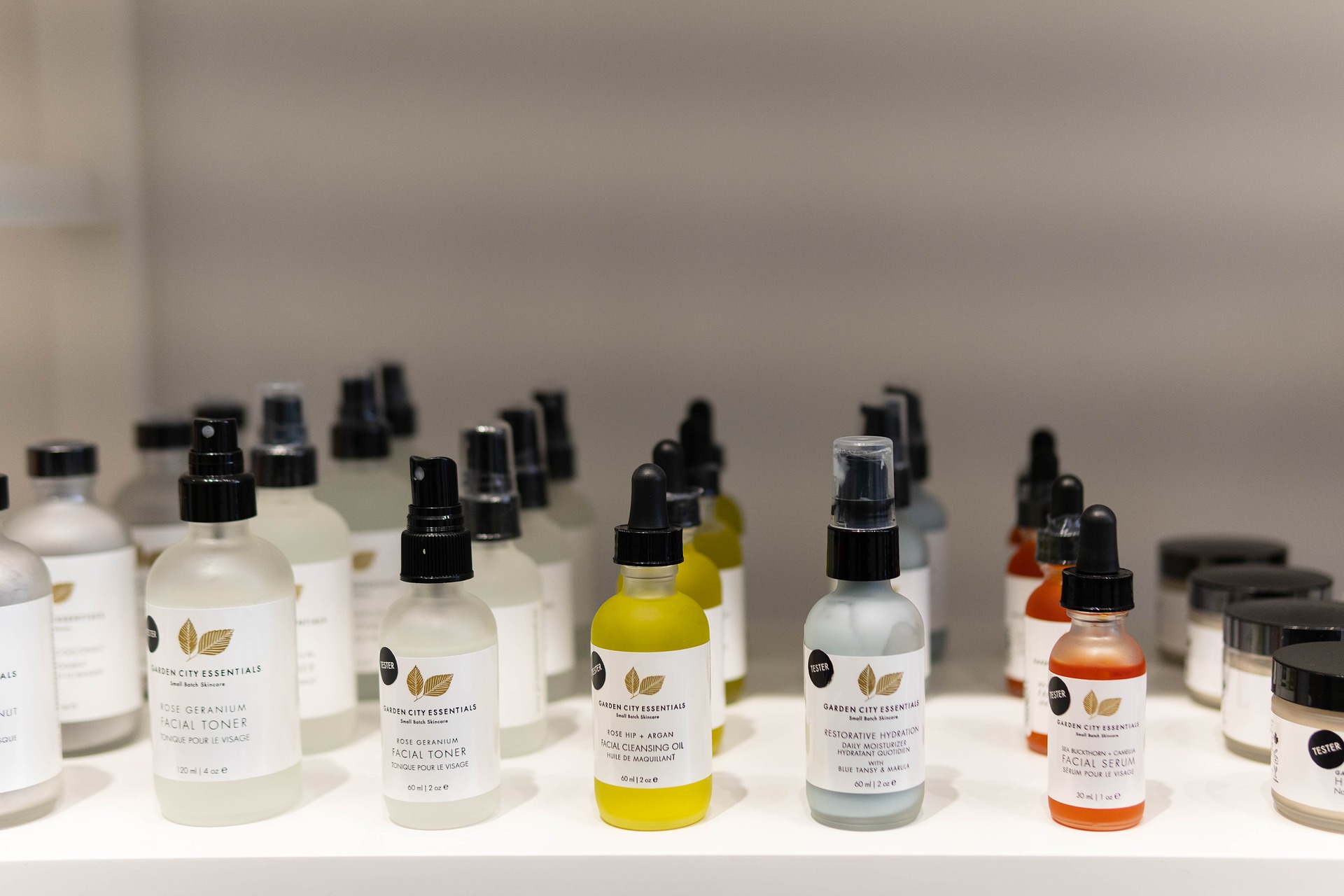



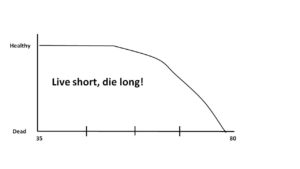
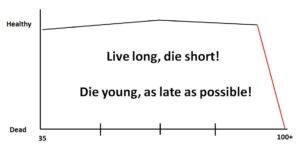
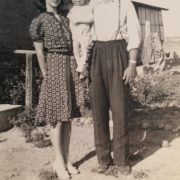
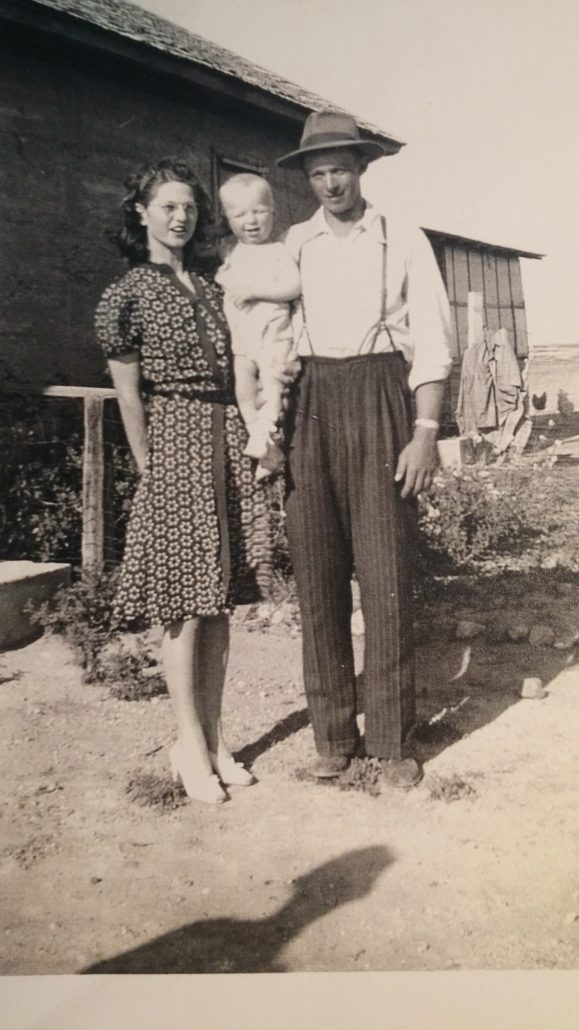
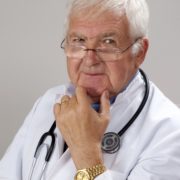


 I was impressed – and somewhat blown away.
I was impressed – and somewhat blown away.



